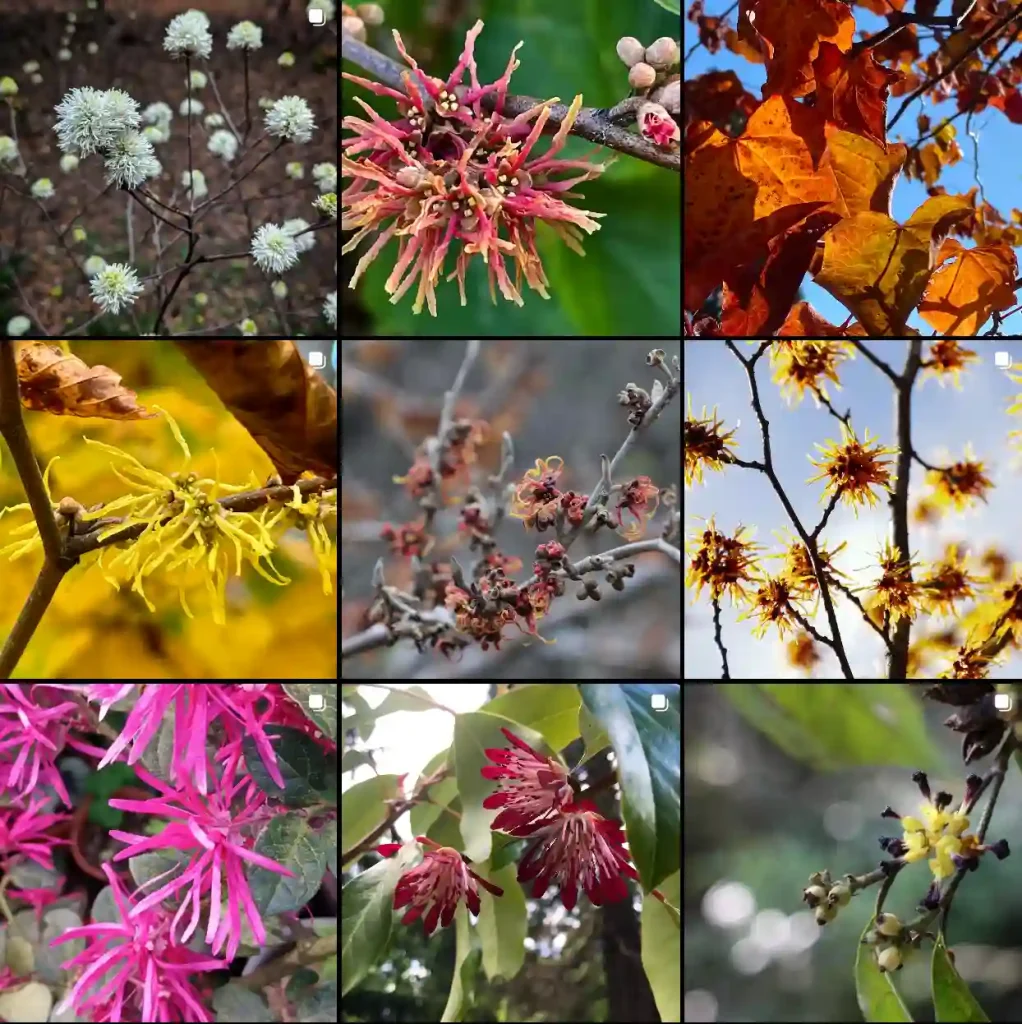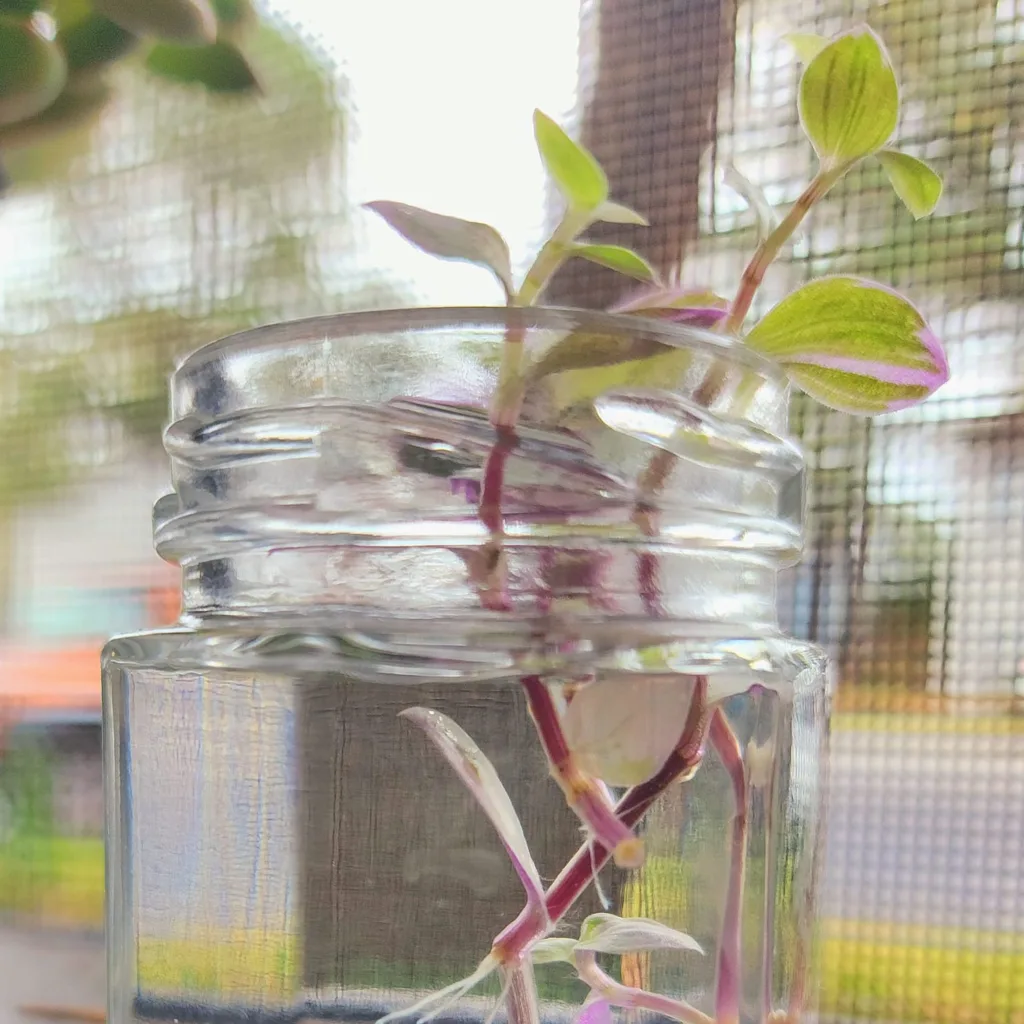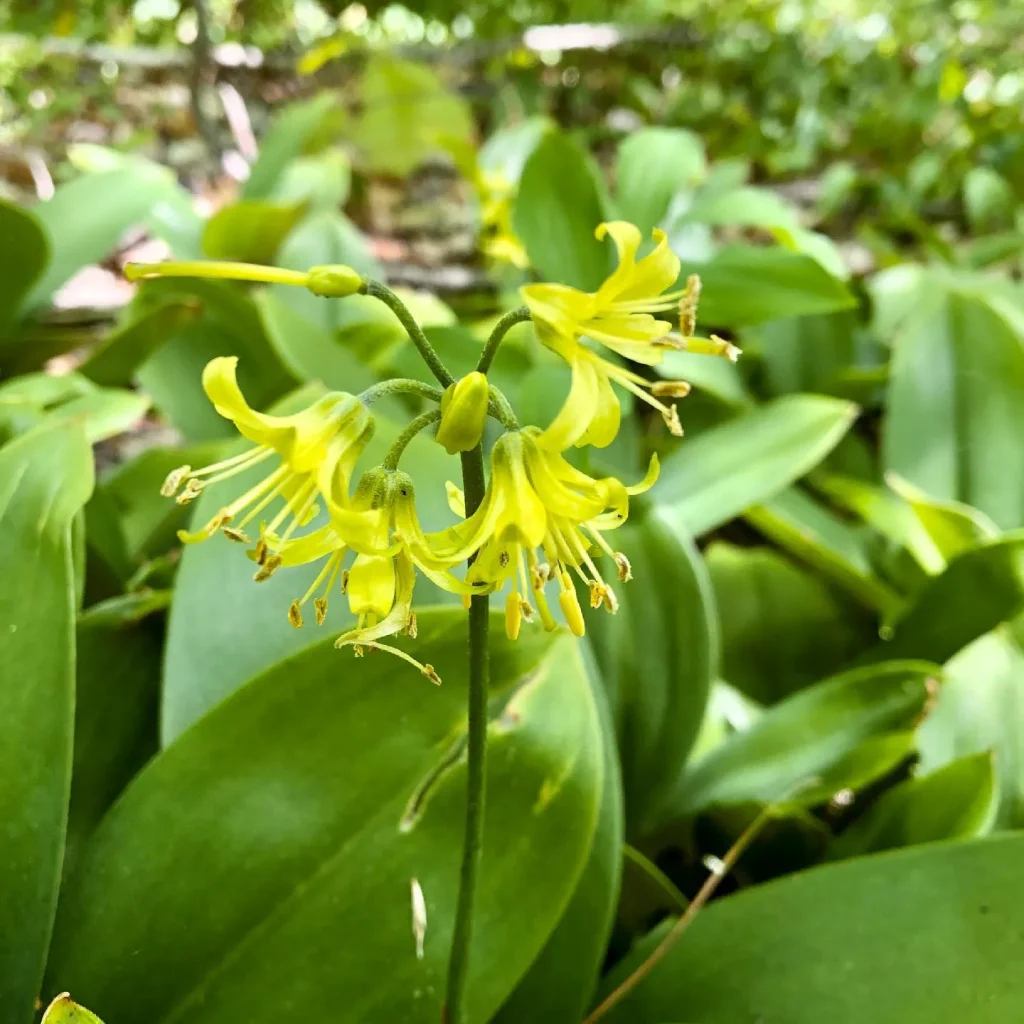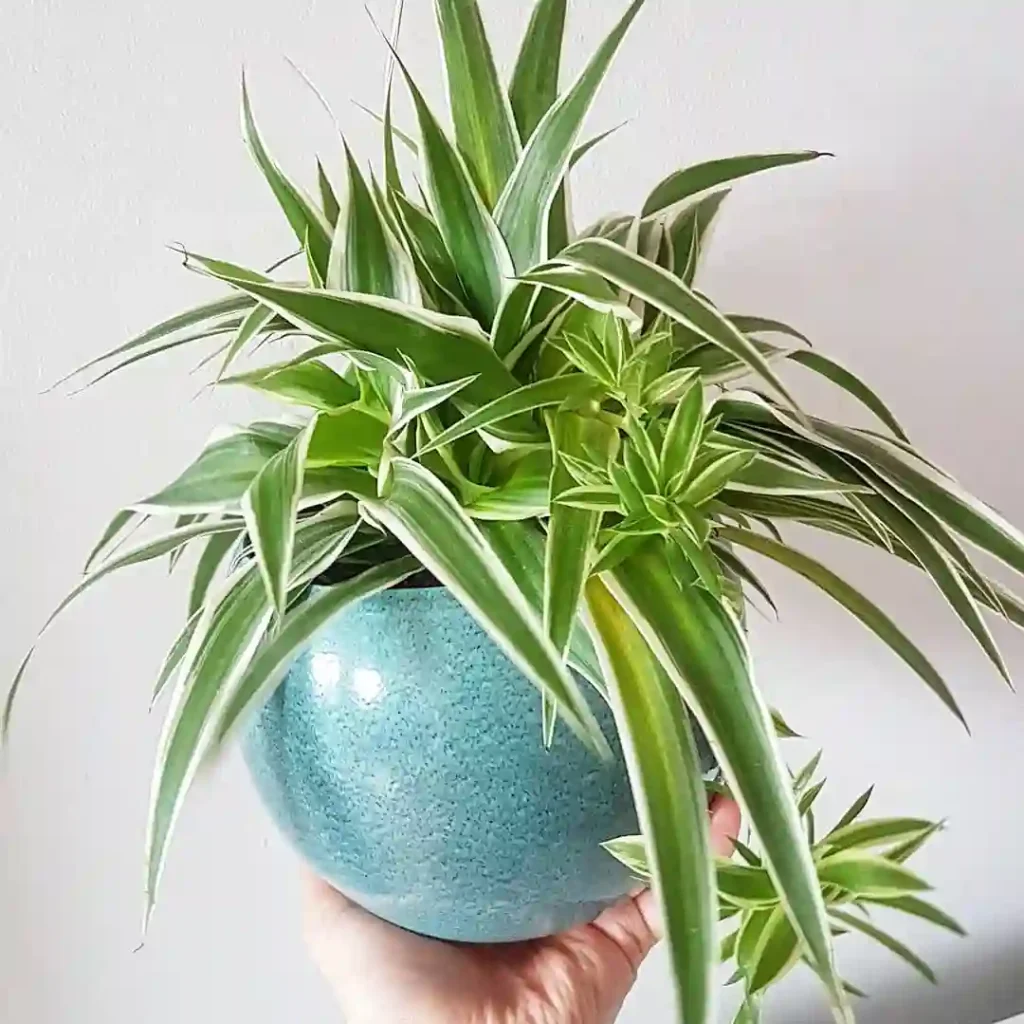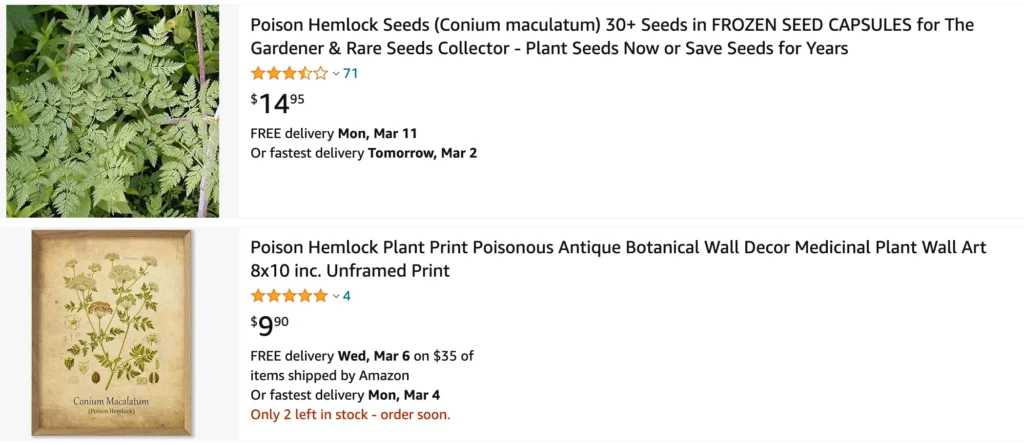
What is Conium maculatum?
Conium maculatum, commonly known as poison hemlock, is a highly toxic biennial plant in the Apiaceae family. It is native to Europe and North Africa but has become widespread in North America and other parts of the world. The plant can be identified by its tall, hollow stems that are often marked with purple spots, and its clusters of small white flowers.
6 Species in Genus Conium
Conium Maculatum vs Cicuta Maculata
When I encountered Conium Maculatum and Cicuta Maculata in the wild, the stark contrast was striking—Conium Maculatum’s more delicate, fern-like foliage felt less menacing compared to the robust, almost intimidating presence of Cicuta Maculata, which always made me wary due to its reputation for toxicity.
Conium Maculatum vs Daucus Carota
Comparing Conium Maculatum to Daucus Carota in my garden, I noticed how Conium’s spotted stems and distinctive odor set it apart from Daucus Carota’s more familiar, edible carrot greens; handling Conium Maculatum always left me uneasy, while Daucus Carota was just another pleasant, though unremarkable, vegetable in my patch.
What is Conium maculatum used for?
Historically, Conium maculatum was used as a poison, most famously in the execution of the philosopher Socrates. It has no modern medicinal uses due to its extreme toxicity. In the past, some traditional medicines may have used small amounts, but its use is highly dangerous and not recommended.
Is Conium maculatum safe?
Conium maculatum is not safe. It is extremely poisonous to humans and animals. All parts of the plant contain toxic alkaloids, such as coniine and gamma-coniceine, which can cause severe and potentially fatal poisoning if ingested, inhaled, or absorbed through the skin in sufficient quantities.
Are Conium maculatum leaves poisonous if they touch you?
While the most severe risk from Conium maculatum comes from ingestion, its leaves can cause skin irritation in some individuals if they touch the plant. It is advisable to avoid direct contact with the plant and to wear protective gloves and clothing if handling is necessary.
Does Conium maculatum help ptosis and/or varicose veins?
There is no scientific evidence to support the use of Conium maculatum for treating ptosis (drooping eyelid) or varicose veins. Given its high toxicity, it should not be used for any medicinal purposes.
How long to grow Conium maculatum?
Conium maculatum is a biennial plant, meaning it takes two years to complete its life cycle. In the first year, it grows a rosette of leaves close to the ground, and in the second year, it produces tall flowering stems and sets seeds before dying.
How much Conium maculatum is toxic to humans?
Even a small amount of Conium maculatum can be toxic to humans. Ingestion of just a few leaves or seeds can be fatal. The toxic alkaloids in the plant can cause symptoms such as nausea, vomiting, diarrhea, abdominal pain, confusion, tremors, and respiratory failure. Prompt medical attention is crucial in cases of suspected poisoning.
How to get rid of poison hemlock Conium maculatum?
To get rid of poison hemlock, careful and thorough removal is essential to prevent its spread. Wear protective clothing, including gloves and long sleeves, to avoid skin contact. Small infestations can be dug up, making sure to remove the entire root system. For larger infestations, mowing before the plant sets seed can help control it. Herbicides can also be effective; consult local guidelines for recommended products and application methods. Dispose of the plants safely, as even dried plant material remains toxic.
If i die, water my plants!
